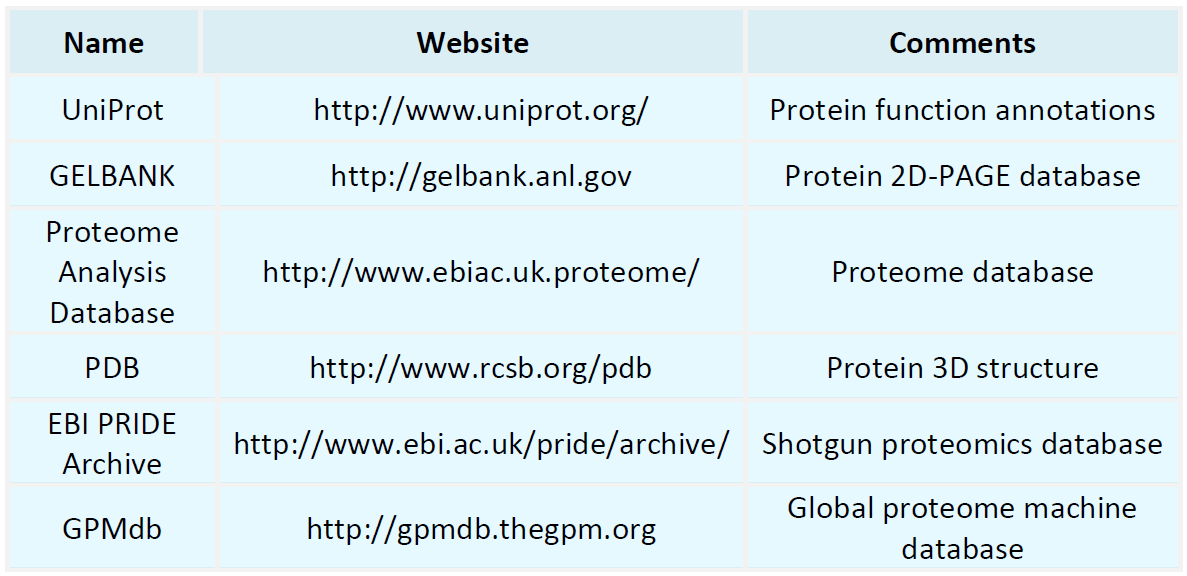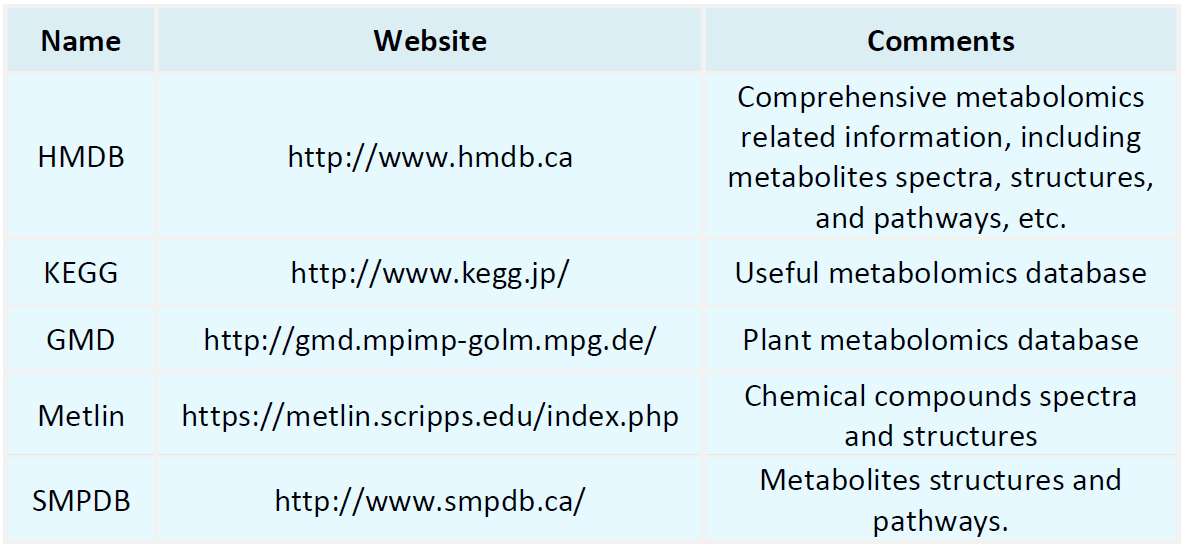Resources
Proteomics Databases

Metabolomics Databases

-
Biosimilar characterization involves a thorough and systematic analysis of the physicochemical properties, structural features, functional activity, and safety profiles of biosimilars. This ensures they are highly similar to their reference biologics in terms of quality, safety, and efficacy. Biosimilars, which include complex proteins like monoclonal antibodies, fusion proteins, and recombinant proteins, require meticulous production involving cell cultures and protein purification. Even minor change......
-
• Lipid Analysis by Mass Spectrometry
Lipid analysis by mass spectrometry is an indispensable technique for elucidating the composition, structure, and function of lipids. Lipids-including fats, phospholipids, and sphingolipids-are vital for cellular architecture, energy storage, and signal transduction. In lipid analysis by mass spectrometry, lipid molecules are ionized and their mass-to-charge ratios (m/z) are measured, enabling precise determination of molecular masses and structural features. This method is critical for unraveling com......
-
• Expression Analysis and Characterization of Protein
The expression analysis and characterization of protein encompass the identification, quantification, and functional investigation of proteins within cells or tissues. Proteins, as the primary executors of biological functions, have expression levels and functional statuses that crucially determine the physiological state and responsiveness of cells. This process involves several key aspects. Firstly, quantitative analysis of proteins allows researchers to identify proteins associated with specific fu......
-
• Functional Characterization of Proteins
Functional characterization of proteins seeks to uncover the functions and mechanisms of specific proteins within organisms. Proteins are fundamental to life, participating in nearly all biological processes, such as metabolism, signal transduction, immune responses, and cellular structure maintenance. In the realm of proteomics, understanding protein functions aids scientists in unraveling the complexities of biological systems. This methodology also elucidates protein interactions, regulatory pathwa......
-
• N-Terminal Sequencing Method
The N-Terminal sequencing method is primarily employed to ascertain the amino acid sequence at the N-terminus of proteins or peptides. This method encompasses techniques such as Edman degradation and mass spectrometry analysis. First introduced in the 1950s, the Edman degradation technique determines sequences by systematically removing and identifying the N-terminal amino acids of a peptide chain. Noted for its high specificity and accuracy, it is particularly effective for analyzing short-chain pept......
-
• N-Terminal Sequencing Service for Protein Analysis
The N-terminal sequencing service is a crucial technique for determining the N-terminal amino acid sequences of proteins, which are essential molecules in biological functions. Understanding these sequences provides insights into the proteins' functions, structures, and biological importance. This service aids researchers in identifying the starting sequence of proteins by analyzing the N-terminal sequences of peptides or protein samples. It finds wide-ranging applications in basic research, drug deve......
-
• In Vitro Protein-Protein Interaction Assay
In vitro protein-protein interaction assays are essential for investigating the mechanisms of protein recognition and binding. These assays form the basis for understanding complex biomolecular networks, which is crucial for elucidating intracellular signal transduction, gene regulation, and metabolic pathways. By employing in vitro techniques, scientists can reconstruct functional network maps of cellular processes, enhancing our understanding of disease mechanisms and facilitating the identification......
-
• High-Throughput Protein-Protein Interaction
High-throughput protein-protein interaction refers to the process of efficiently and automatically detecting and analyzing numerous protein interactions using advanced experimental techniques. Proteins are fundamental molecules performing nearly all functions in organisms, and their interactions are crucial for cellular functions, signal transduction, metabolic pathways, and gene regulation. Understanding protein interaction networks is essential for elucidating cellular mechanisms and their alteratio......
-
• How to Obtain Comprehensive Protein Information Through de Novo Sequencing
The goal of de novo sequencing is to analyze the complete amino acid sequence of proteins from mass spectrometry data without bias, including information about mutations, post-translational modifications (PTMs), and isoforms. In order to obtain a comprehensive understanding of protein information, strategies such as optimizing sample preparation, using advanced mass spectrometry techniques, applying multiple fragmentation modes, utilizing intelligent data analysis, and performing PTM analysis must be ......
-
N-terminal sequencing is a widely employed technique for determining the amino acid sequence of proteins. It plays a crucial role in proteomics, molecular biology, and biopharmaceutical research by elucidating protein structural characteristics, modifications, and post-translational processing. The primary methods used for N-terminal sequencing include Edman degradation, a classical chemical approach, and mass spectrometry, a modern analytical technique. These two methods differ markedly in their unde......
How to order?







